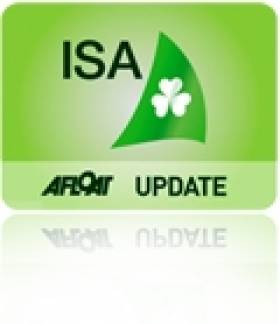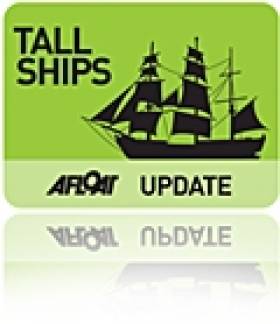Displaying items by tag: Gail
West Cork's McAllister Appointed ISA Regional Development Officer
#SAILING– Gail MacAllister of West Cork Sailing and Powerboating Centre has been appointed an Irish Sailing Association (ISA) Regional Development Officer starting December 5th.
In the new full time role McAllister, who has owned and managed West Cork Sailing and Powerboating Centre & Boat House Café in Adrigole, West Cork since 1998 will be tasked with contacting local authorities to promote water based activities in the South. The work of the sailing school will be carried on by her husband and business partner Niall.
In May of this year the McAllister's brought a large sailing sloop to Irish waters to provide a 'temporary Tall Ship sail training solution'.
The McAllister's have extensive knowledge of both ISA and Royal Yachting Association courses as well as Clubs, Training Centres and Training Schemes as well as the general marine industry of Ireland, coastline and services.
Gail will work alongside the ISA's Regional Development Officer for the north of the country Ciaran Murphy.
The Regional Development Programme was launched 12 months ago and is aimed at helping clubs and training centres raise funds and develop initiatives to increase their membership.
West Cork School Offers Temporary Tall Ship Sloop Solution
"There was fantastic energy at the Tall Ships workshop and while it was agreed that Ireland would benefit tremendously from an iconic square rigger tall sihip, this will take some to bring to fruition.
In the meantime, we are can look to existing Tall Ships operating with Irish Flag to offer the great experience that Sail Training can offer. Rohan MacAllister, previously captain of Asgard II for 10 years attended the meeting with Gail & Niall MacAllister of West Cork Sailing Centre to present Cypraea as a marvelous tall ship sailing sloop that is equipped to provide sail training on our Irish waters this summer.
The attendees of the meeting congratulated the MacAllisters on their tenacity and determination in bringing their sail training vessel to our waters and making the "Sail Training Experience" accessable for teenagers and adults this summer by dedicating July to Teenage Sail Training 5 day adventure sails for 350 euro and August to Adults at 450 euro.
Cypraea is a 23.5m steel sloop with berths for 10 at present and plans to increase to 16. She has three sails and is an extremely hands on team work sailing experience.
West Cork Sailing have been providing ISA and RYA sailing for many years and are excited to be providing Sail Training and the amazing life changing opportunity that it can bring".
Looking for further reading on Tall Ships in Ireland? Click the links below:
Click this link to read all our Tall Ships Stories on one handy page
Previewing Ireland's Tall Ships 2011 Season
Can Ireland Get a New Tall Ship?

























































